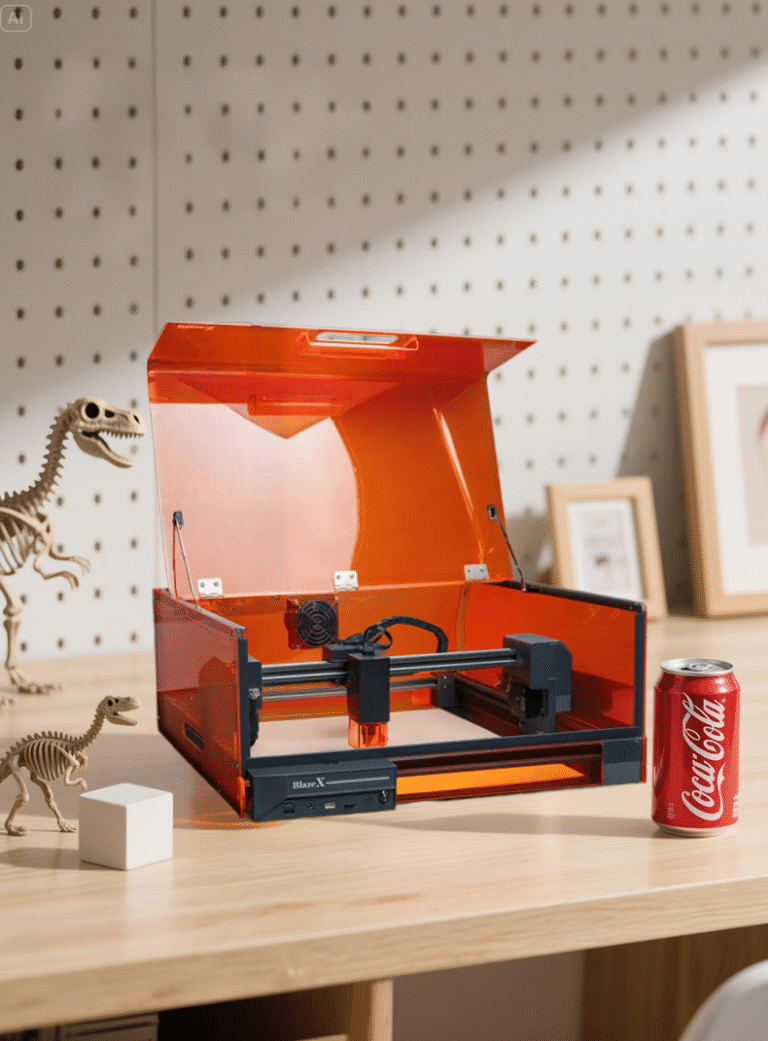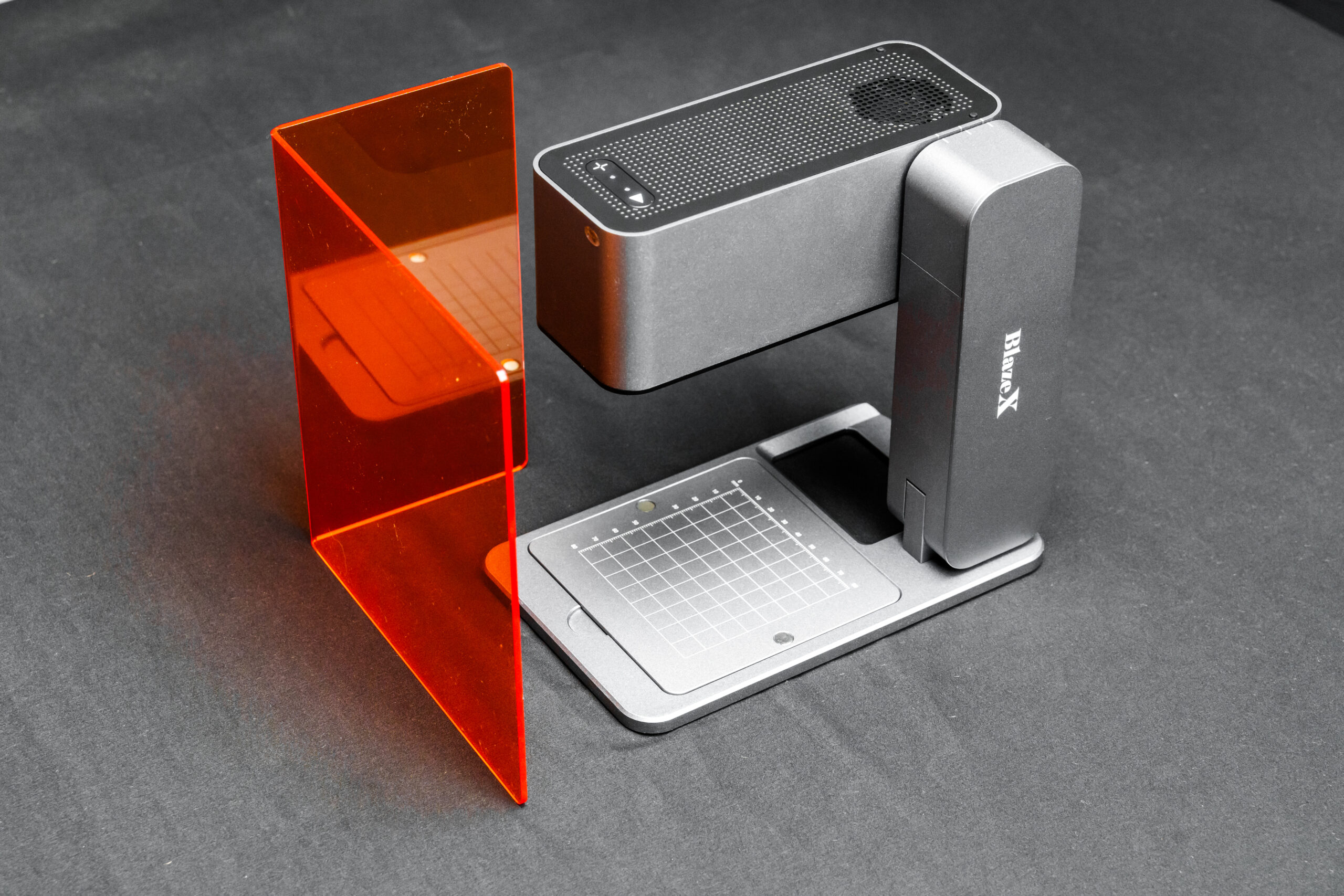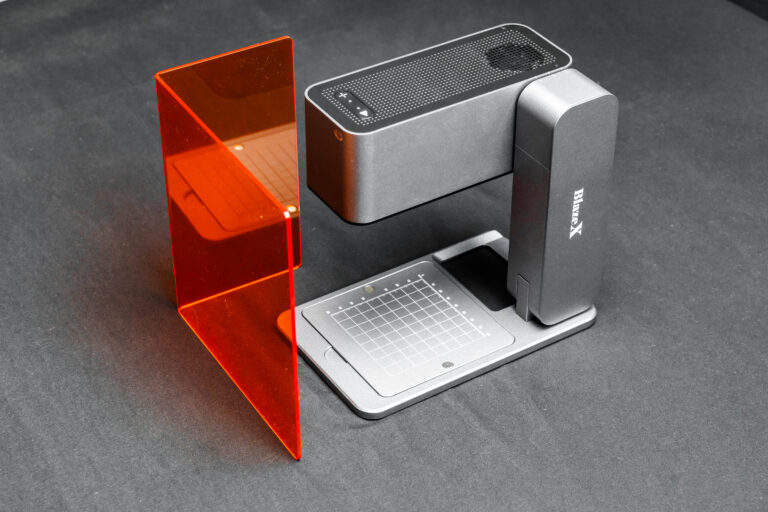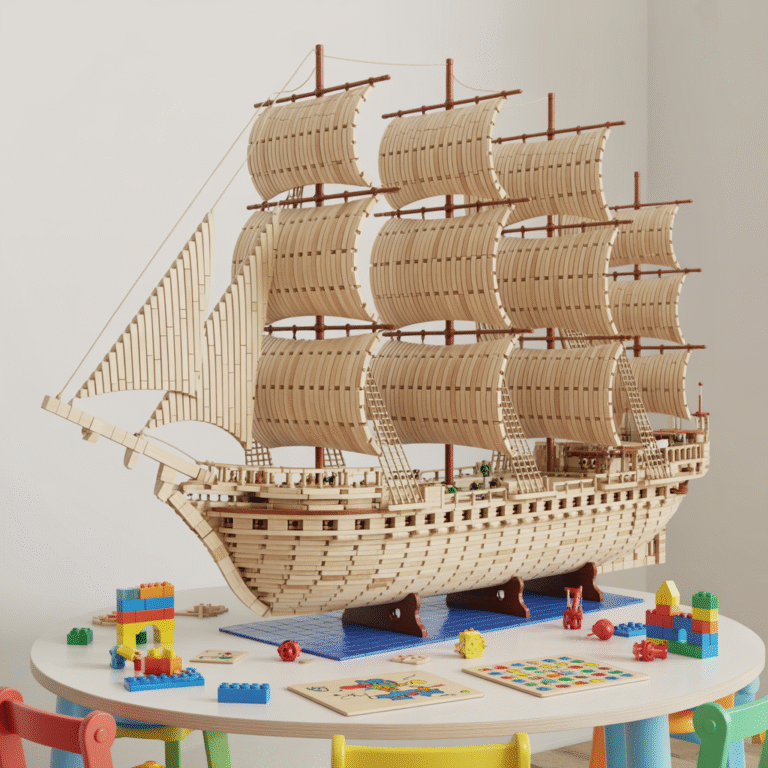
Share:

The rise of home laser engraving has revolutionized DIY culture, enabling makers to transform raw materials into personalized art, functional decor, and professional-grade products. Whether you’re engraving intricate patterns on wood, etching custom designs on leather, or cutting precise acrylic shapes, understanding material compatibility and safety protocols is essential. This guide demystifies the process, helping you maximize your Laser Engraving Machine’s potential while operating safely.
1. Laser Engraver Types: CO2 vs. Fiber
Most home Laser Engravers fall into two categories:
① CO2 Lasers: Ideal for non-metallic materials like wood, acrylic, leather, and fabric. They offer versatility for cutting and engraving at lower price points (typically $500–$5,000) .
② Fiber Lasers: Best for metals (e.g., stainless steel, aluminum) but less effective for organic materials. Higher cost ($3,000+) limits home use .
For hobbyists, CO2 Laser Engravers (40W–100W) provide the broadest material compatibility .
2. Material Showdown: Wood, Leather, and Acrylic
① Wood: Nature’s Canvas
a. Suitability: Top choice for beginners. Softwoods (balsa, pine) engrave faster; hardwoods (oak, maple) yield finer details. Avoid resinous woods (e.g., pine) to minimize smoke stains.
b. Best Settings:
– Engraving: 60–80% power, 150–300 mm/s speed
– Cutting: 100% power, 10–20 mm/s (for 5mm thickness).
c. Creative Uses: Custom signs, jewelry boxes, 3D puzzles.
d. Limitations: Risk of charring or fire with incorrect power/speed settings.
② Leather: Elegant and Durable
a. Suitability: Vegetable-tanned leather engraves best, producing a contrasting burn effect. Avoid chrome-tanned leather—it releases toxic chromium fumes .
b. Best Settings:
– Engraving: 15–30% power, 300–500 mm/s speed
– Cutting: 50–70% power, 50–100 mm/s .
c. Creative Uses: Keychains, wallets, book covers.
d. Limitations: Thin leather (<1mm) may warp; always use masking tape to protect surfaces.
③ Acrylic: Crystal-Clear Precision
a. Suitability: Cast acrylic delivers polished, translucent engravings; extruded acrylic may melt unevenly. Ideal for backlit projects.
b. Best Settings:
– Engraving: 10–20% power, 400–600 mm/s (creates a frosted effect)
– Cutting: 100% power, 5–10 mm/s (for 3mm thickness).
c. Creative Uses: Lamp panels, awards, custom enclosures.
d. Limitations: Generates toxic fumes—requires robust ventilation.
Home Laser Engraving Machines typically use Class 3B or Class 4 lasers, posing risks of eye damage, skin burns, fires, and toxic fumes. Safety First, so we need to follow these operation guidelines and procedures:
1. Personal Protective Equipment (PPE)
① Laser Safety Glasses: Must match your laser’s wavelength (e.g., 10,600nm for CO₂). Optical Density (OD) 5+ recommended.
② Respiratory Masks: Use fume extractors with HEPA/activated carbon filters when engraving acrylic or wood.
③ Fire-Resistant Clothing: Prevent sparks from igniting synthetic fabrics.
2. Workspace Setup
① Ventilation: Exhaust fumes outdoors—never recirculate indoor air. Acrylic fumes contain cyanide compounds; wood/leather smoke carries carcinogens.
② Fire Prevention:
– Keep a CO₂ fire extinguisher nearby.
– Never leave the machine unattended.
– Use “air assist” functions to blow away flames.
③ Enclosures: Machines with interlocks (auto-shutoff when opened) prevent beam exposure.
3. Pre-Operation Checks
① Inspect lenses/mirrors for dirt—contamination deflects beams unpredictably.
② Verify material compatibility (e.g., PVC releases chlorine gas when lasered).
③ Perform test runs on scrap material.
4. Emergency Protocols
① Fire Response: Cut power immediately; use the fire extinguisher.
② Eye/Skin Exposure: Seek medical help if exposed to direct/reflected beams.
5. Machine Maintenance
① Clean lenses weekly with isopropyl alcohol.
② Lubricate rails monthly to prevent misalignment.
A home Laser Engraving Machine unlocks limitless creative potential—but only when paired with material expertise and rigorous safety habits. Start with simple wood or leather projects, gradually advancing to acrylic as you master ventilation and power settings. By prioritizing protective gear, workspace design, and machine maintenance, you’ll transform raw materials into professional creations safely.
Ready to start your project? Explore BlazeX curated collection of certified-safe home Laser Engravers and accessories—your creativity deserves the right tools.






Have a Question? We’re Just a Click Away